Disorders in menstruation: causes, types and treatments
The human body is a perfect machine, a mechanism in which each piece fits and works with total precision. That everything works perfect, sometimes, is a matter of time. The body needs to make adjustments and those adjustments can cause some setbacks. An example is menstruation , in some periods or stages of our life, this can be irregular caused perhaps by some type of disorder during the menstrual cycle. In this article we will discuss this topic, the Disorders in menstruation: causes, types and treatments , we will know the main causes, symptoms or treatments to follow.
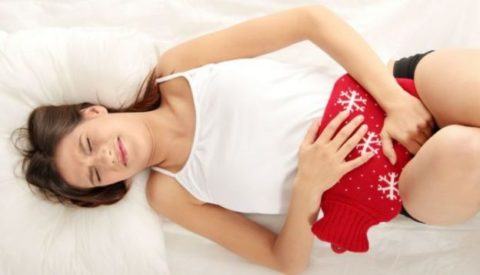
What is Menstruation
Menstruation is the bleeding process experienced by most mammal females . This bleeding occurs when the ovule that left the ovary waiting to be fertilized has not been and now has no value.
The body will generate another new ovule that will try to be fertilized in the next cycle, therefore this already old and unusable ovum, will come off together with the endometrium where it has been waiting for its fertilization, giving rise to the blood flow called menstruation.
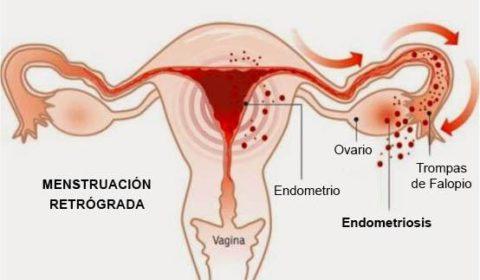
Menstrual flow is estimated to be between 40 and 50 ml and is formed by blood, tissue from the endometrium and other different vaginal fluids. This is when the menstrual blood flows through an opening in the cervix and leaves the body through the vagina .
Causes of the menstruation disorders
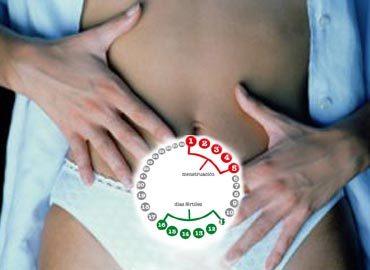
But not always everything works so correctly, some alterations can cause menstrual disorders such as premenstrual syndromes, menstrual pain or dysmenorrhea . The time has come to know what are the main causes of these disorders, among the most frequent causes of menstruation disorders are:
- Endometrial polyps
- Non ovulatory cycles
- Genital cancer
- Uterine fibroids
- Cervical lesions
- Pathological thickening of the endometrium
- Hormonal disorders
Symptoms of menstruation disorders
As our first rules begin to regularize, the time, we teaches women to familiarize us with the signs and symptoms of each phase of the cycle, so we can know in many cases if we are ovulating or not or if the menstrual cycle is coming to an end.
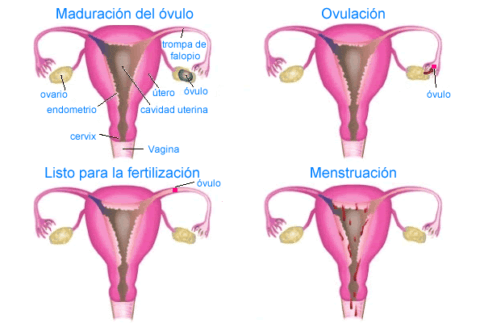
Depending on the stage we are in, these symptoms will be normal, but there are others symptoms that may be warning us of menstruation disorders and these symptoms may vary, depending on the stage we are in, may be:
- Pre-ovulation phase
This is the days after the rule, when we have finished and we feel strong and energetic.
- Ovulation phase
This phase could be said to be two weeks after the termination of the rule. In this phase we can suffer some pains in the lower part of the belly, this pain is similar to a puncture.A phase in which the physical changes begin to become evident, the tightening of the breasts and even pain in them, discomfort and especially the psychic disorders.
A phase in which we feel more sensitive and Moody, due to chemical and hormonal changes that our body begins to suffer. The most common symptoms that will happen as the cycle progresses are nervousness, depression, headaches, fluid retention, inflammation of the lower abdomen, acne, vomiting, etc.
- Phase Bleeding
It is menstruation and is characterized by the hemorrhage that occurs. This hemorrhage can last between 3 and 7 days, although it is not an exact figure. In this phase of bleeding, the first three days of menstruation is where most of the menstrual load is expelled, approximately 90%.

In this phase it is very normal to feel pains in the lower abdomen, as if it were cramps, headaches, vomiting, nausea, diarrhea and pains both back and legs. p>
Types of menstrual disorders
Before beginning to talk about menstrual disorders, it is convenient to clarify what is a menstrual cycle. A menstrual cycle is the period between the first day of a period, that is, the first day of bleeding and the first day of the next menstrual cycle. The menstrual cycle is called the menstrual cycle.
menstrual cycle in humans covers a period of 28 days, although it is not a fixed rule, cycles between 21 and 35 days are considered normal . It is during the menstrual cycle when our body is prepared for the possibility of facing a possible pregnancy.
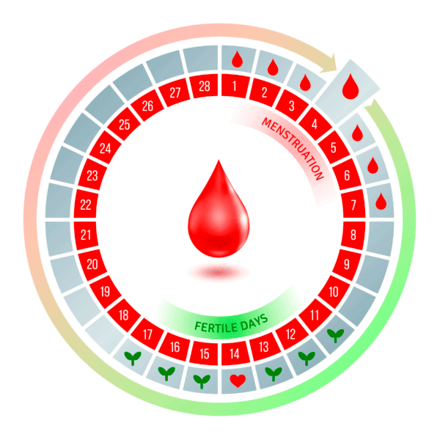
Suffering disorders in menstruation is not something so irregular , many women have some type of disorders or disorders, which can be associated with various causes such as, for example, age . In this article we will see all the possible causes, symptoms and treatments.
Among the disorders in menstruation the most common are:
- Amenorrhea. Absence of menstruation.
- Hypermenorrhea . Abundant, excessive or lasting menstruation
- Hypomenorrhea . Decreased menstrual flow or duration of menstruation, but with normal intermediate menstrual intervals.
- Menorrhagia . Abnormal menstrual flow increase or duration of menstruation, but with normal intermenstrual intervals. Understanding more than 7 days or more than 80 ml of menstrual flow.
- Menorrea . It is the normal menstrual cycle in women of childbearing age.
- Oligomenorrhea . It is the excessive period of time between one menstruation and the next, usually when more than 35 days pass between menses.
- Polyhypermenorrhea .Women who suffer from dysmenorrhea often find relief through hot baths or relaxing massages in the abdominal area at the first symptoms of pain.
Irregular menstruations
Make no mistake, few women experience a menstrual cycle perfect or as they say about books. As we have already seen the menstrual cycle covers a space of approximately 28 days but most women this cycle usually lasts something more or something less. As we have already seen, although the ideal is that they were 28 days, the cycles between s 21 and 35 days are also considered normal.
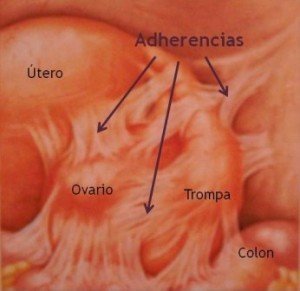
If the cycle exceeds 6 weeks, we will be talking about irregular cycle, these irregular cycles are very common in the first rules , since it will still be some time until the cycles are regulated alone, but if this is not the case, perhaps we are talking about a oligomenorrhoea problem.
Oligomenorrhoea are a type of disorders in which the number of rules per year are too low, if these disappear, we would be talking about another condition and is called amenorrhoea . Menstruations that suffer from oligomenorrhea, may be due to the cycle itself, as we have seen, but may also be a problem or hormone-type dysfunction.
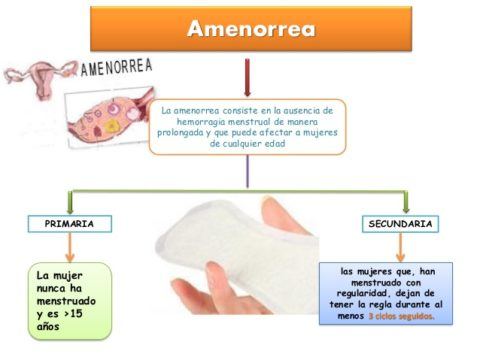
The best way to get out of doubt is to go to our gynecologist so that he can perform different tests and analyzes in order to rule out any other type of disorder.
In the case of amenorrhea, which is the absence of a rule , surely you have a much simpler explanation, have you considered the possibility that you are pregnant ?, this is the main cause.
Very abundant rules
This is another of the most common disorders Excessive bleeding is not always a warning that something is malfunctioning, often have an obvious cause such as, > have stopped taking the pill contraceptive.
Other causes that can lead to abundant rules is the period after delivery or women who are living their process of the menopause .
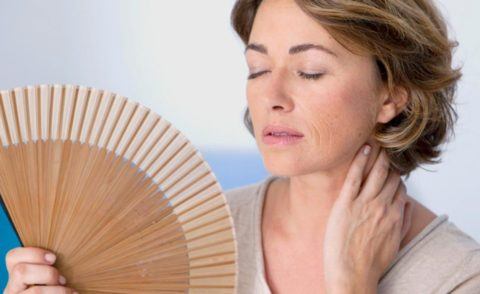
If these abundant rules are suddenly and without clear reasons , perhaps a reason for medical consultation. The abundant rules can also lead to other problems such as anemia and with it depressions and decay.
Treatments for menstrual disorders span>
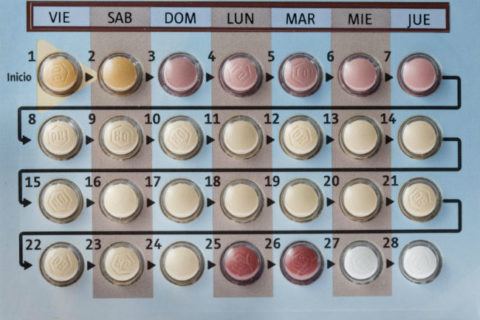
Treatments vary depending on what the disorder is and what it is that has caused and these can be:
- For Amenorrhea , the indicated treatment is through hormones that can induce menstruation.
- Short or long menstrual cycles. It will also be necessary to resort to hormonal preparations that allow its regulation, being the most habitual that with time they self-regulate.
- Intensive and long duration rules . The first thing the doctor will have to find out is the cause. A fibroid in the uterus is usually the usual cause with surgery being the only solution.
- Also infections can cause this type of disorder or menstruation, the best way to rule it out is to through a scraping of the uterus.Hypomenorrhea rules or scanty rules do not need any treatment.
- Irregular rules. Also like most menstrual problems, hormonal preparations will be prescribed.
- Painful menstruations. For painful periods, the medications prescribed are antispasmodic and analgesic, specific exercises, especially those related to relaxation will help avoid painful menstruation.
You may also be interested:
Everything related to health concerns us so much in BlogMedicine as to you, for this reason we have highlighted some links so you can continue learning and solving those doubts that surely assail you.
- What is premestrual syndrome
- Curious medicine remedies , used in antiquity


